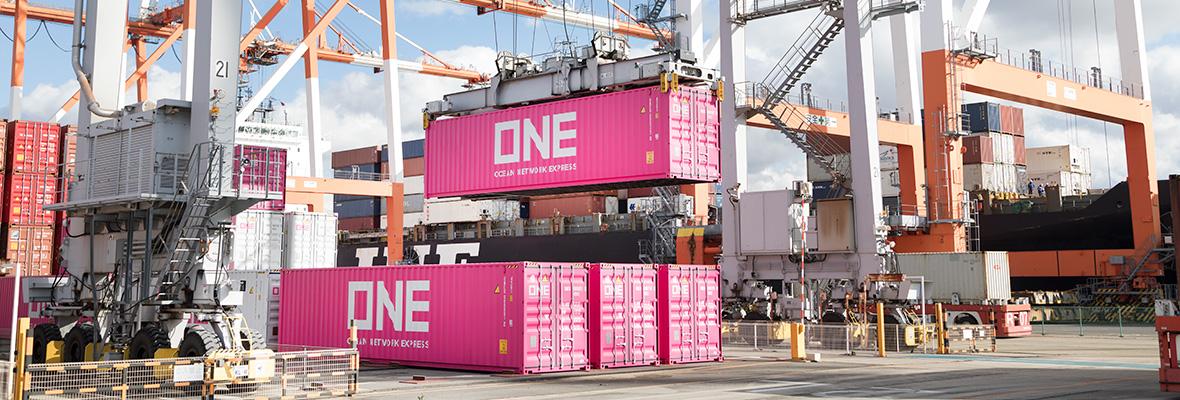
이동 경로
- 홈
- Dangerous Goods
Dangerous Goods
About
Goods that are used in daily life can sometimes be classified as dangerous during sea transportation.
This following list includes such commodities as propane gas lighters, ordinary wall paint, fireworks, liquor, garden weed-killers, and more.
A number of restrictions apply to transportation for these goods, so they are handled with care to ensure the safety on the sea and on land.
Types
Dangerous goods are categorized into the following categories according to international regulations of IMDG Code (International Maritime Dangerous Goods code):
Category 1: Explosives
-
Substances and articles at risk of mass explosion.
-
Substances and goods that have a risk of explosion but no risk of mass explosion.
-
Substances and goods that have fire hazard, are at a low risk of explosion, have a minor explosive hazard, or both, but not posing a risk of mass explosion.
-
Substances and articles which present no significant hazard.
-
Very insensitive material at risk of mass explosion.
-
Very insensitive goods with no risk of mass explosion.
Class 2: Gases
-
Flammable gases.
-
Non-flammable, non-toxic gases.
-
Toxic gases.
Category 3: Flammable Liquids
Category 4: Flammable Solids
-
Flammable solids, self-reactive substances and desensitized explosives.
-
Spontaneous ignitable substances.
-
Substances emit flammable gases in contact with water.
Category 5: Oxidizing Substances and Organic Peroxides
-
Oxidizing substances.
-
Organic peroxides.
Category 6: Toxic and Infectious Substances
-
Toxic substances.
-
Infectious substances.
Category 7: Radioactive Material
Category 8: Corrosive Substances
Category 9: Miscellaneous Dangerous Substances and Articles
Regulations
In Japan, the contents of the Ministry of Land, Infrastructure and Transport "Sea transport and loading of dangerous goods" are in compliance with the international regulations of the IMDG Code.
NOTE: The IMDG code is determined by IMO (International Maritime Organization), a subordinate organization of the United Nations. Currently more than 60 countries fully adopt these regulations and guidelines.
This regulation stipulates ways of packaging, packing, displaying, and loading dangerous goods. The shipper is responsible for following the regulations of luggage, packaging, labels, while the carrier is responsible for the loading method.
Packing
For safe transport of hazardous materials, we must cover the following points:
-
Packaging and packaging regulations should be strictly followed
-
All packages should be properly tested according to appropriate regulations, packaged in appropriately sized packaging and properly marked
-
Hazardous materials must be properly stowed in containers
DG Compliance & Safety Guidance
ONE DG HOUSE RULE V.3.1
Other
Ocean Network Express conducts inspections and will provide appropriate advice to ensure safe and trouble-free transportation of dangerous goods, from painting to rocket motors.
Pay special attention to:
-
Received package and the label
-
Conduct surveys and stowage surveys as necessary
-
Applicable domestic and international regulations
-
Summary Changes on the IMDG Code Amdt42-24